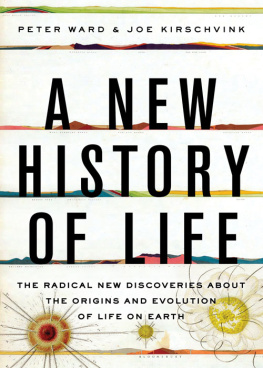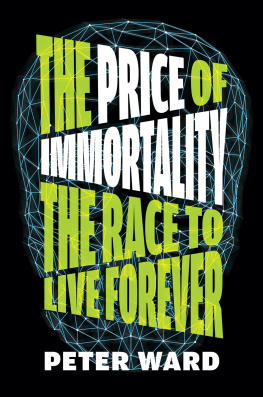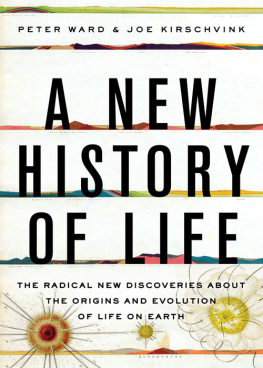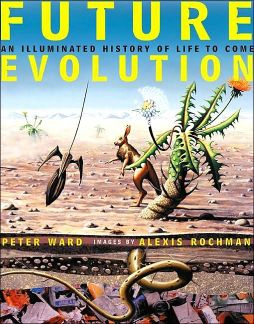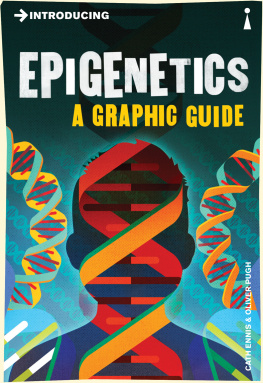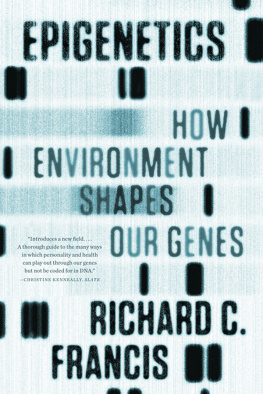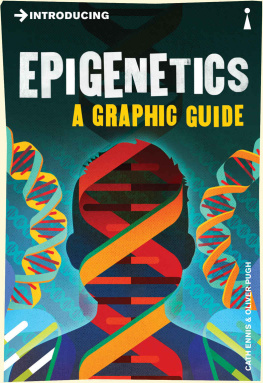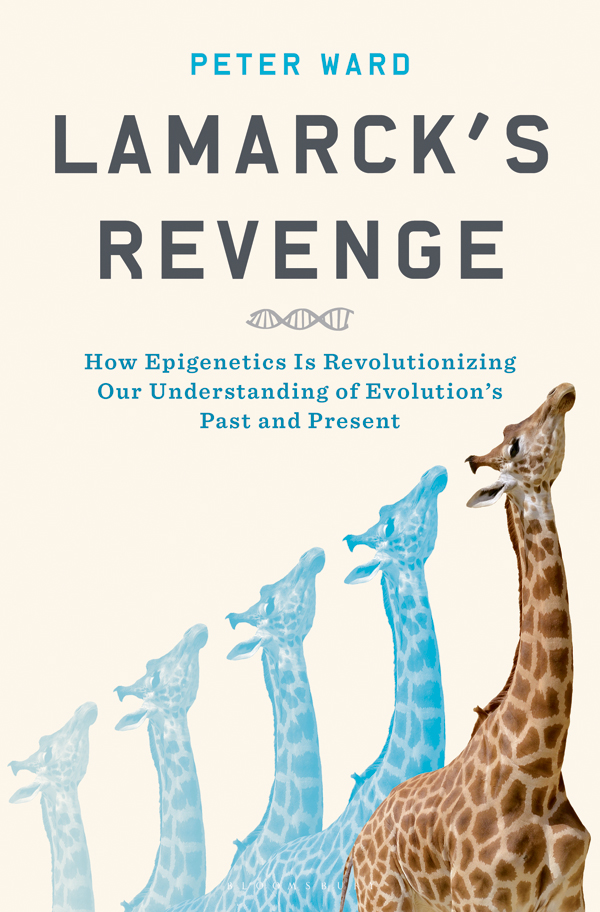Contents
Guide
Pagebreaks of the print version


For Steve Altabef: with thanks.
Also for Michael Skinner at Washington State University: thank you. From all of us. Because you have a no-thanks job that has to be done, protecting our children from the chemicals of the Industrial Nightmare.
Selected Books by Peter Ward
Rare Earth: Why Complex Life Is Uncommon in the Universe (with Donald Brownlee)
The Life and Death of Planet Earth (with Donald Brownlee)
Gorgon: Paleontology, Obsession, and the Greatest Catastrophe in Earths History
Life as We Do Not Know It: The NASA Search for (and Synthesis of) Alien Life
Out of Thin Air: Dinosaurs, Birds, and Earths Ancient Atmosphere
Under a Green Sky: Global Warming, the Mass Extinctions of the Past, and What They Can Tell Us About Our Future
The Medea Hypothesis: Is Life on Earth Ultimately Self-Destructive?
The Flooded Earth: Our Future in a World Without Ice Caps
A New History of Life: The Radical New Discoveries About the Origins and Evolution of Life on Earth (with Joe Kirschvink)


Contents
There is a scabrous mountainside in western Nevada that probably looks no different now than it did a century ago, when dusty miners hacked at the chaotically bedded rocks making up this geologically tarnished landscape. These last-chance men were looking for signs of metals in the sedimentary rocks, ores that were certainly not present when these strata were deposited as a shallow, tropical seabed between 225 and 190 million years ago. But millions of years later (yet still millions of years before the present time), the massive folding and compression of all of the North American Cordillera heaved these deeply buried strata and their enclosed fossils upward from their miles-deep grave, and amid that tectonic violence, cracks and crevices were produced in these rocks that were sometimes invaded by metal-rich fluids, rising from far deeper in the earth. These metalliferous fluids eventually turned to rock as well, but this time rock filled with gold, lead, and, most abundantly, silver. The result was the great discovery of the Comstock Lode and the announcement in 1859 followed by Eldorado Canyon, Austin, Eureka, and Pioche Mines, all discovered in the 1860s. The riches found here drew men from all over the globe, and the long-suffering women who followed them.
The Nevada miners searched for the telltales of silver-laced ore, that most precious of the states mineral treasures. The dappled pits and darker mine shafts perforating the landscape remain like random polka dots of black and white and attest to uncounted tons of rock removed one pickax blow (or dynamite explosion) at a time. But in spite of their fervor and toil, few of those miners found anything but misery, and by the early twentieth century the land was given back to nature. Yet now, a century after the Nevada silver rush, a new breed of miner has come, but with goals far different from a bonanza strike. The riches they seek are information and data from the nature of the fossil record of these rocks. One of the best sites for their search is also one of the deepest ravines cutting into this mountainous landscape. Long ago it was rather facetiously named New York Canyon.
There is little that invokes New York, the state or city. The only Great White Way comes from the white limestone that reflects the merciless, year-round Nevada sunshine. There is certainly no silver in these rocksnot in this particular canyon, anyway. But there is scientific gold instead, information that can help answer a long-running scientific mystery.
If Charles Darwin had known about the fossil record of New York Canyon, he would have hated it, because this fossil succession would have contradicted his theory that fossils should exist as an insensibly graded series of shapes demonstrating the slow change from one species to another. In fact, Darwin went to his grave knowing that in most cases fossil successions actually showed that the switch from one fossil species to another was not gradual at all. One kind of fossil species was overlain by an entirely different one, already cut in whole cloth.
The modern searchers of these rocks in New York Canyon are specialists in the fossil record and have come to test Darwins theory, as well as to better understand one of the most consequential of all geobiological events, for the sedimentary record of this canyon and the surrounding regions gives evidence of one of the five largest of Earths past mass extinctions, events that were short-term annihilations of most kinds of life on Earth. Some come to see if there is anything about this ancient mass extinction that might yield wisdom about the Sixth Extinction, the one going on now. There is no disputing the fact that a gigantic mass extinction occurred throughout the world about 200 million years ago. But what happened soon after is the core of the mystery. In the time known as the Early Jurassic, a world emerged from catastrophe, a biologically bereft place with few species and few individuals of any life-form, save microbes. Darwinian theory cannot explain the fossil data. New species jumped from the graves of the old. How could mass death be followed by such rapid renewal of life?
Deep in the canyons here, hundreds of individual layers are bare of any fossils at all. But further up the wall are some of the most spectacular fossils of all time: the coiled, chambered shells of ammonites, themselves descendants of, and looking like, the still-living pearly nautilus. Stratum by stratum, specimen by specimen, the beautiful ammonite fossils are collected, numbered, and then later scrutinized with the powerful twenty-first-century means of quantifying morphology and its change. Even with means of studying morphological change far more powerful than was available to Darwin, the appearance of these species still seems to have been sudden . The term amply describes the appearance of species diverse in shape, abundant in number, and decidedly deficient in any kind of fossilized ancestors. And it is not just here in Nevada that this apparently rapid flowering of entirely new species decorates the oldest rocks dated to the beginning of the Jurassic period.
At any global site with earliest Jurassic marine strata, the message is the same: New species appear with what seems like too much rapidity to be explained by current theory. This is a scientific problem not only for Darwin but for modern evolutionists, because the succession of fossils in these limestone canyons is inexplicable by Darwins great theory of evolution alone and thereby challenges one of the most robust of all scientific understandings.
The revolutionists attacking the scientific bedrock that Darwin built are evolutionists as well, but they come armed with a new set of theories, from a field known as epigenetics. Some call themselves epigeneticists; others invoke another name and call themselves neo-Lamarckians.



